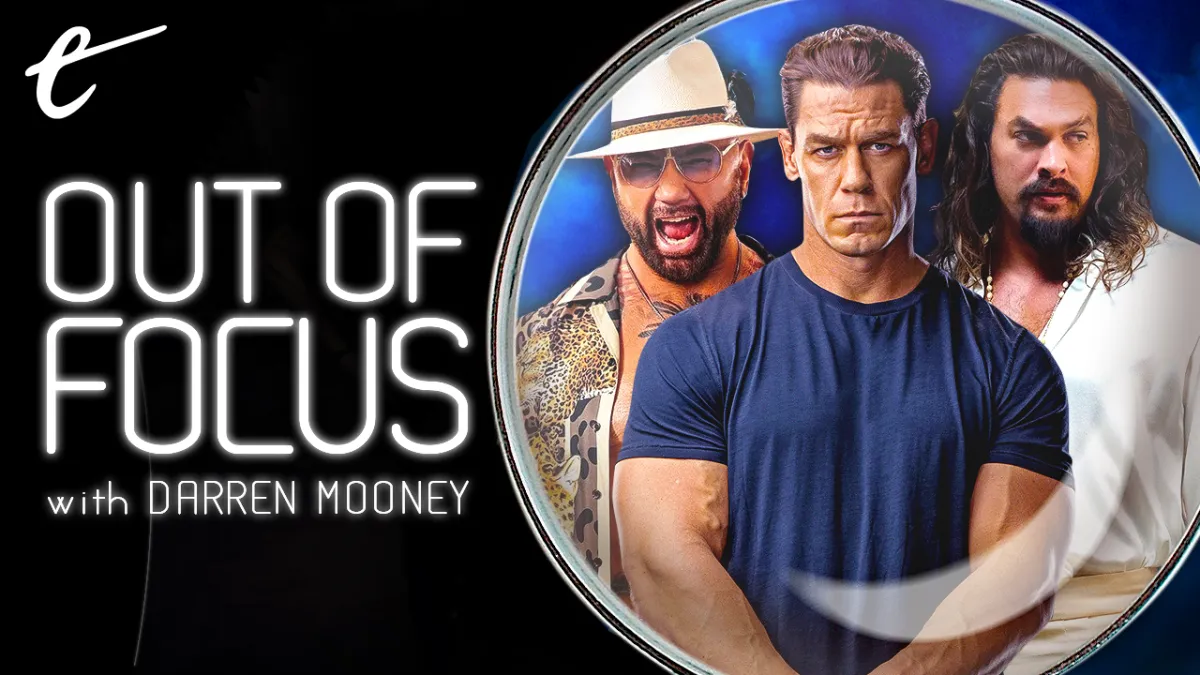Something interesting is happening with Hollywood’s muscle men.
Hollywood has always had action stars. However, the emphasis on perfectly sculpted musculature dates to the early 1980s, with the arrival of performers like Sylvester Stallone and Arnold Schwarzenegger. These men looked more like models than conventional actors. Schwarzenegger had been a professional bodybuilder, crowned the amateur Mr. Universe in 1967 and Mr. Olympia in 1969. These actors pushed the male body to an extreme.
During the 1980s, Stallone and Schwarzenegger established a template. They also inspired a generation of similar male leads, from Jean-Claude Van Damme to Chuck Norris to Dolph Lundgren. Even more traditional male lead actors felt the pressure to conform. To prepare for his shirtless scene in Indiana Jones and the Temple of Doom, Harrison Ford underwent training by Jake Steinfeld, who would later launch the “Body by Jake” brand.
Much has been written about this shifting portrayal of the male body in American pop culture. Susan Jeffords is an authority on the subject, having written both The Remasculinization of America: Gender and the Vietnam War and Hard Bodies: Hollywood Masculinity in the Reagan Era. Jeffords positioned this emphasis on male musculature as part of a broader cultural response to the trauma of Vietnam, which played out in the era’s blockbusters from Rambo to Predator to Top Gun.
As such, these male bodies were defined by a rigid and traditional sort of masculinity. These men acted in ways that demonstrated old-fashioned notions of how men were supposed to behave: They were strong, aggressive, and tough. This is particularly obvious with Stallone’s films. The tenderness and vulnerability that made the first Rocky and Rambo films so compelling was ground out of these franchises as they pressed into the 1980s.
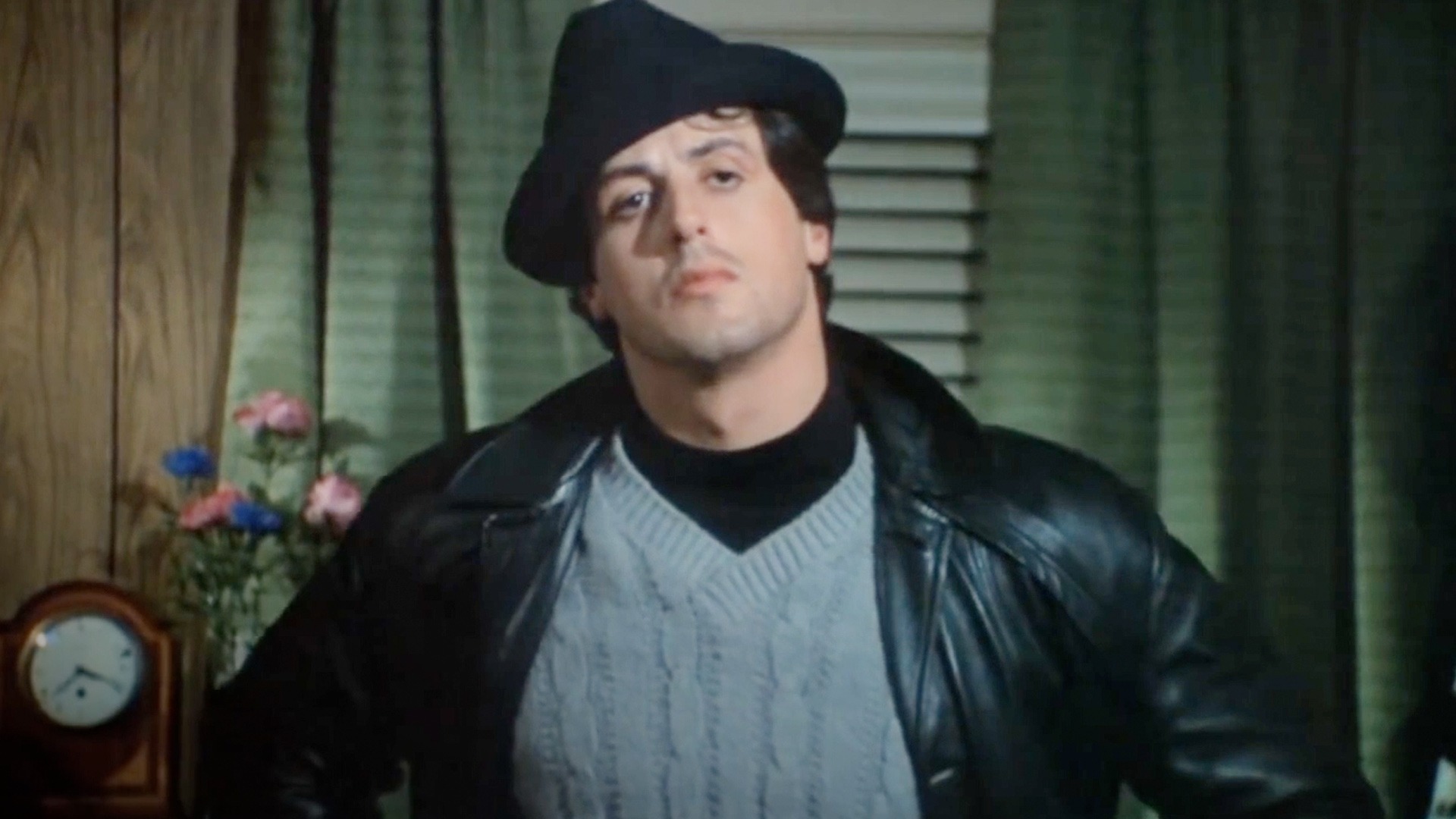
When asked to soften their star personas, Stallone and Schwarzenegger often felt uncomfortable. Like most movie stars, Stallone and Schwarzenegger would try to court larger audiences by venturing outside their comfort zone. The results were often messy at best and disastrous at worst, as evidenced by their run of late 1980s and early 1990s comedies: Twins, Oscar, Stop! Or My Mom Will Shoot, Junior, Last Action Hero. It was difficult for these icons to subvert themselves.
Stallone and Schwarzenegger changed the business. In the decades following their success, it became the norm for more conventional male actors to bulk up, to get “shredded,” “ripped,” or “yoked.” Instead of hiring athletes and bodybuilders and transforming them into actors, the model became changing actors into perfectly sculpted ideals with perfectly defined abs and perfectly toned muscles. It isn’t always the safest or healthiest approach.
Still, even as these conventional actors muscled up, there was a clear difference between them and the muscle men of the 1980s. With their shirts on, actors like Chris Evans and Chris Pratt look a lot less striking than Stallone or Schwarzenegger. That may be the point. Stallone and Schwarzenegger offered an extreme vision of the male body, something that could on occasion look like a self-parody. In contrast, this modern wave of male leads offers a more idealized and grounded take on the form.
However, while the baseline for male leads in modern Hollywood has undeniably shifted towards the more muscled male forms epitomized by 1980s action stars, there are still stars who invite more direct comparison. Actors like Vin Diesel and Dwayne Johnson are the spiritual successors to Stallone and Schwarzenegger, to the point that Schwarzenegger even made a cameo in The Rundown (Welcome to the Jungle internationally) to metatextually pass the torch.
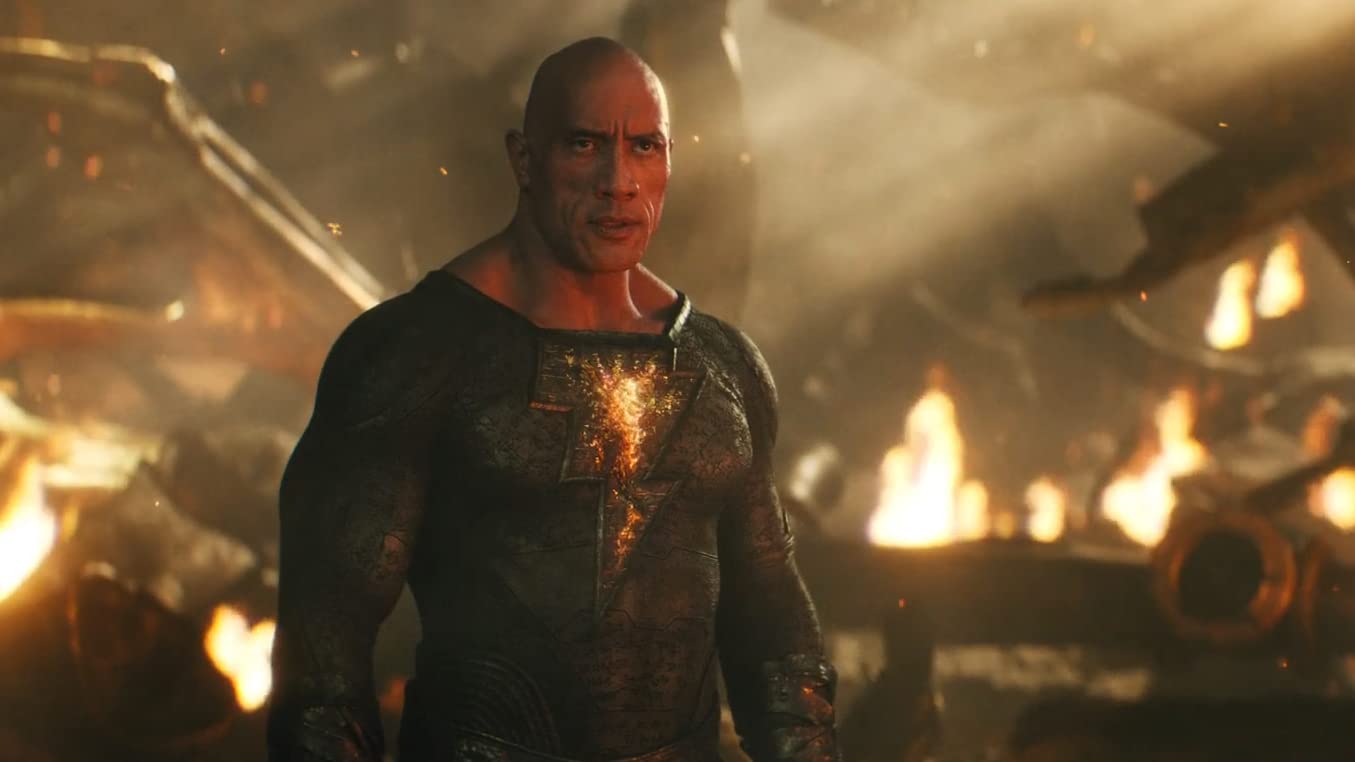
Diesel and Johnson both emerged at the turn of the millennium, at a time of resurgent conservatism. If the 1980s muscled men spoke to the anxieties of the Reagan era, perhaps their successors resonated with the broader social conservatism of the Bush era, one reflected everywhere from the more conservative politics of the era’s Saturday Night Live to the launch of 24, a show described by a friend of showrunner Joel Surnow as “a Hollywood television annex to the White House.”
Critics like Wesley Morris have pointed out the diversity of the found family at the heart of Diesel’s Fast & Furious franchise, but it is still a very old-fashioned and traditionally Christian unit that positions Diesel’s Dom Toretto as unchallenged patriarch. The central dramatic tension within the larger Fast & Furious franchise is the struggle between Diesel and Johnson for dominance. Their masculinity is at odds with the gentler and tenderer approach brought by the franchise’s late co-lead, Paul Walker.
Like Schwarzenegger and Stallone, Diesel and Johnson failed to break out of their rigidly defined star personas. Johnson tried to demonstrate a broader range with early projects like F. Gary Gray’s Be Cool or Richard Kelly’s Southland Tales and more recently with Michael Bay’s Pain & Gain. However, he found himself trapped within that action lead archetype, to the point that even his superhero franchise film, Black Adam, was warped around it.
This is what makes the modern wave of muscle-bound action stars like Jason Momoa, John Cena, and Dave Bautista so interesting. These are part of the same movie star lineage that flows from Stallone and Schwarzenegger through Diesel and Johnson. Indeed, both Cena and Bautista were professional wrestlers before they transitioned into feature films and television, like Johnson. Momoa’s first starring vehicle was Conan the Barbarian, a remake of the classic Schwarzenegger film.

Momoa, Cena, and Bautista have done their share of action roles. However, perhaps due to the shifting nature of the business and the death of the mid-budget movie, a lot of their more conventional middle-brow action fare tended to go direct-to-video. Bautista even starred opposite Stallone in two direct-to-video sequels to the Stallone and Schwarzenegger vehicle Escape Plan. However, they have each enjoyed blockbuster success as part of larger superhero franchises.
Yet in contrast to previous generations of this archetype, Momoa, Cena, and Bautista have consistently demonstrated a willingness to actively engage with and explore the notions of masculinity suggested by these sorts of male action stars. Each of the three actors does it in his own way, but it demonstrates a clear break from the very conventional star personas of previous movie star muscle men like Stallone, Schwarzenegger, Diesel, and Johnson.
Cena is perhaps the most obvious example. Whereas the comedies starring Stallone or Schwarzenegger could feel calculated and uncomfortable, Cena has leaned into his unique goofball energy with a willingness to play against that type. Cena had memorable cameos in both Trainwreck and Sisters, and Blockers was perhaps the best leading role of his career to that point. Even his blockbuster role in The Suicide Squad, as the sociopathic Peacemaker, was overtly comedic.
However, Cena doesn’t just parody the archetype of the muscle-headed lout. His willingness to play with that role allows him moments of true emotional complexity and vulnerability. In Blockers, Cena’s climactic scene with Geraldine Viswanathan is genuinely moving. His arc at the climax of The Suicide Squad is genuinely heartbreaking. On Peacemaker, he makes singing into a vibrator wearing nothing but a set of tighty whities both absurd and affecting. Even in Fast X, his scenes with 10-year-old Leo Abelo Perry are oddly charming.
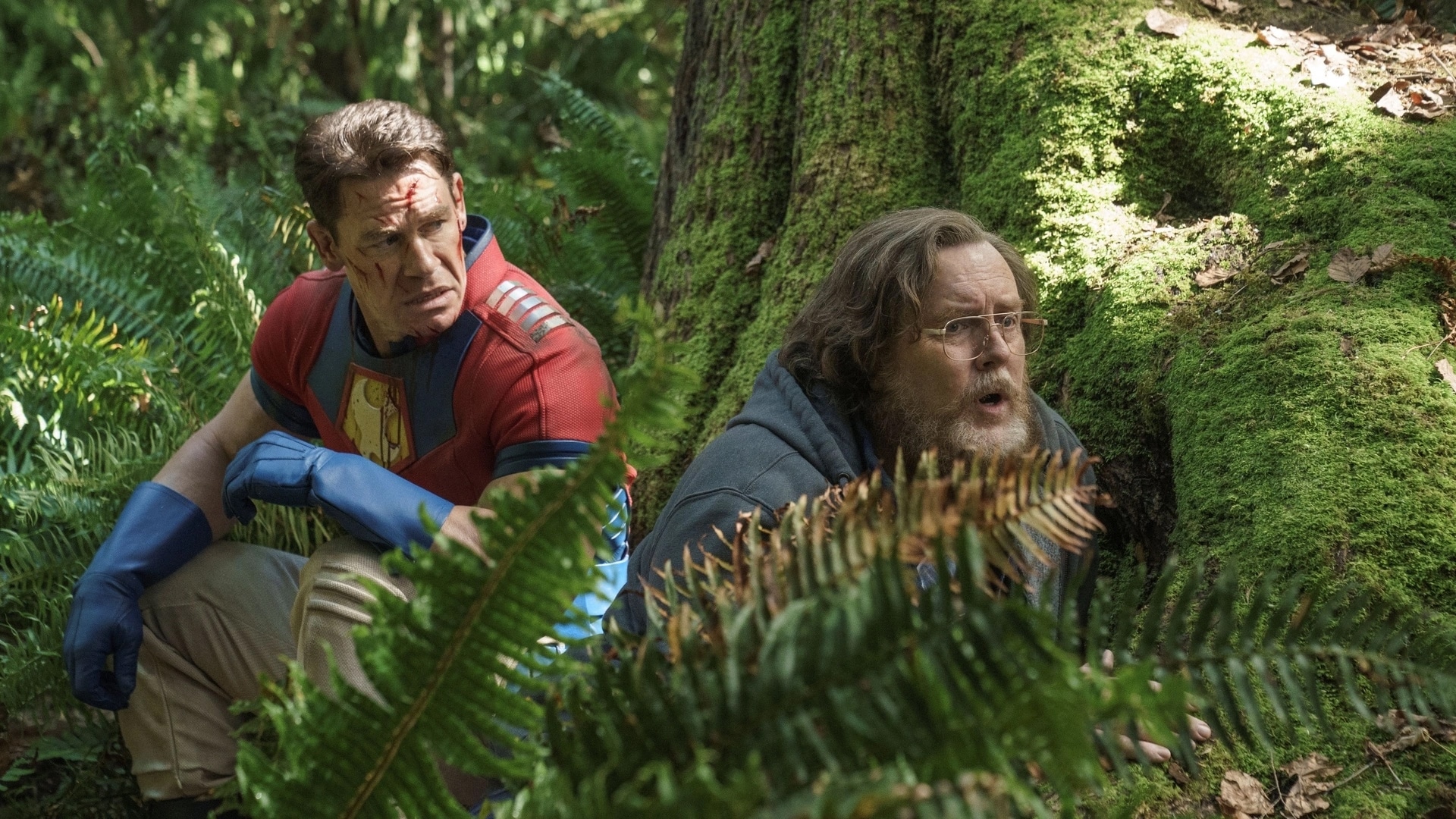
Momoa isn’t quite as overt in his deconstruction of that old-fashioned masculine archetype. However, he challenges the traditional hypermasculine fantasy in other ways. As Aquaman, for example, Momoa’s screen persona is often tailored for the female gaze in ways those of other action stars aren’t. Aquaman literally introduces Momoa whipping his long wet hair over his head, peering over his shoulder at the camera and smirking, “Permission to come aboard.”
There are times when Momoa’s screen persona seems like somebody gave a four-year-old a mountain of sugar and a set of crayons before asking them to draw Schwarzenegger from memory. Many of these action stars have vehicles that pair them with children, like Schwarzenegger’s Kindergarten Cop, Diesel’s The Pacifier, Johnson’s The Tooth Fairy, or Bautista’s My Spy. However, none of them feel quite as comfortable in those films as Momoa does playing the literal embodiment of childish id in Slumberland.
This is obvious even in Momoa’s villainous performance in Fast X. There is some debate about Momoa’s villainous turn, particularly its “effete quality that smacks of gay panic more than insanity.” Momoa’s Dante Reyes is certainly flamboyant, wearing bright colors and hair scrunchies while also painting his own (and others’) nails. Whatever might be said of the character of Dante himself, the performance fits comfortably within Momoa’s willingness to play with the expectations around a muscular leading man.
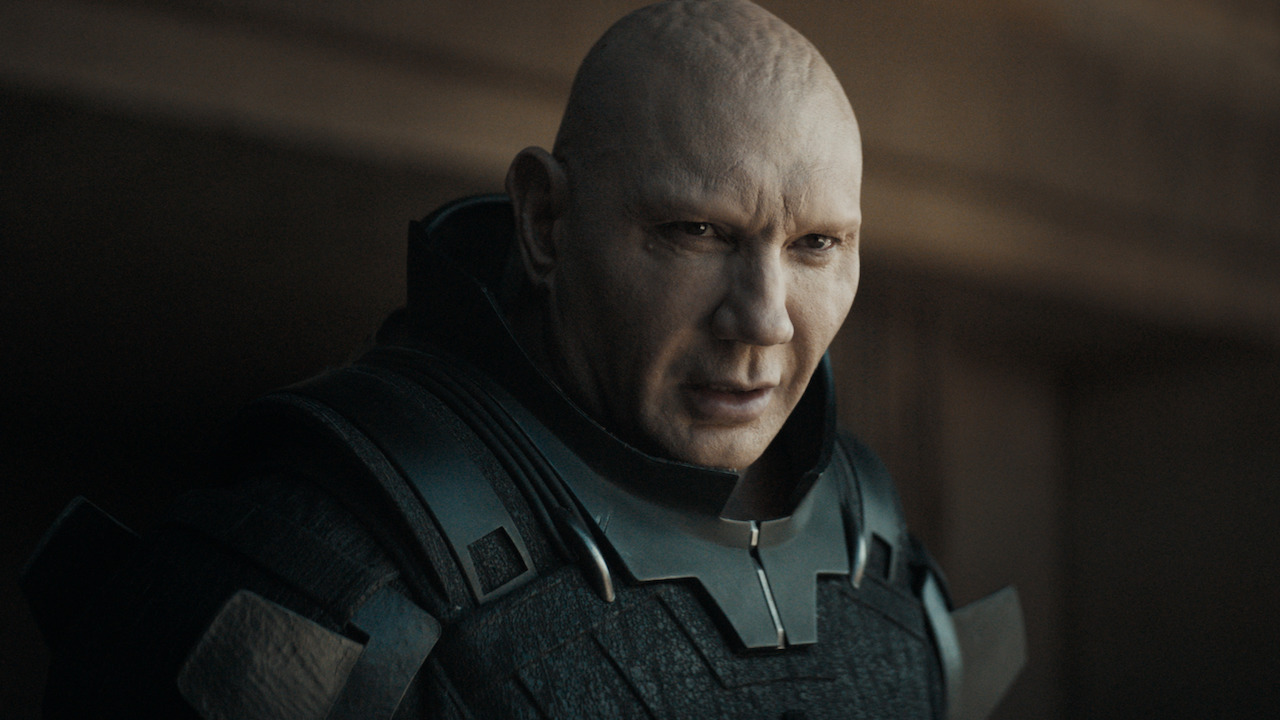
Bautista takes a more serious approach to his exploration of the masculine archetype, mostly by demonstrating an impressive lack of ego. He has worked with directors like James Gunn, Denis Villeneuve, and M. Night Shyamalan, who use his physicality in interesting ways. Bautista makes himself vulnerable, portraying an introspection and tenderness at odds with his physical size in movies like Blade Runner 2049 or Knock at the Cabin. Even playing “the Beast” Rabban in Dune, Bautista seems to constantly be on the verge of tears.
Cena, Bautista, and Momoa perform masculinity on screen in a way that seems less rigidly defined than that of their predecessors. They are willing to be vulnerable, silly, emotional, and generous. While the careers of actors like Stallone, Schwarzenegger, Diesel, and Johnson seemed to argue that there was one particular (and very stereotypical) way to be a man, Cena, Bautista, and Momoa offer a more multifaceted and complex vision of masculinity. They can be absurd, subversive, sincere, and emotive while still being macho men.
There are broader conversations in contemporary culture about what it means to be a man, with society and media often burdening men with the pressure of conforming to a suffocating traditional ideal of masculinity that values physical strength over emotional openness, stoicism over generosity, violence over empathy. In that context, the modern screen personas of actors like Cena, Bautista, and Momoa suggest something radical: Maybe these men can be more than just muscle.

